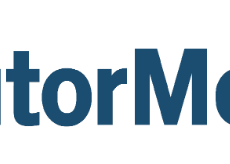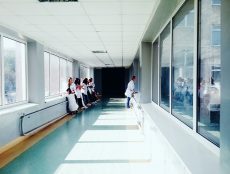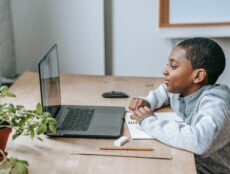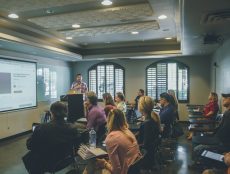
Articles
Editor’s Picks
Reopenings for Schools and Businesses Amidst Pandemic Can Cause Preventative Policies to be Less Effective, According to a New Study
By Marina Dunbar
September 16, 2020
A recent study conducted by MIT researchers has demonstrated that the current state-by-state reopening policies for schools, businesses, and other institutions could potentially be less effective against the COVID-19 pandemic than the initial estimations proposed by policy makers. The study was undergone by MIT researcher and PhD student Michael Zhao, along with MIT’s Director of the Initiative on the Digital Economy (IDE), Sinan Aral. Over 22 million mobile devices and 220 million Facebook users were analyzed to collect daily data on various closures across state lines. The results suggest that the current policies and the reinforcing of those policies amidst mass reopenings could in fact be counterproductive to preventing further substantial spreading of the virus.
The Effectiveness of Closings and Reopenings
The study primarily tracked the policies implemented as a result of the mass reopenings that took place after the initial shutdowns caused by the first outbreaks of the virus in the U.S., as well as the effects of those policies. All of the data collected was generated between January 1st and July 1st, 2020. Over the 6-month period, the social distancing policies imposed after the initial lockdown period proved to be less effective than the policies imposed in the earliest stages of the pandemic.
https://twitter.com/drericding/status/1280691324925116416?lang=en
A close examination of the data collected through social media suggests that a lack of coordination is mainly to blame for the decline in efficiency. When certain places have stricter policies and lockdown guidelines than others, people are more likely to travel to the locations that have looser restrictions. These places that have the looser restriction usually have so because they are considered low-risk zones, however, the new overcrowding caused by masses flocking to these locations exacerbates the spread, causing these once “safe zones” to become virus hotspots.
In other words, re-imposing policies is less effective than the initial imposing, at least when it comes to those regarding social distancing and shelter-in-place mandates.
Back in March, California Governor Gavin Newson declared a state of emergency, issuing a statewide shelter-in-place order and urging all counties to implement stricter prevention policies. Not long after, these strictness of these policies began to ease, and only one month after dine-in restaurants and other non-essential businesses were allowed to reopen, the governor was forced to re-implement those policies due to the sudden surge in COVID-19 cases. This resulted in the most intense and abrupt reversal of reopenings that had been seen in the U.S. Several other states have seen similar setbacks, including but not limited to Arizona, Florida, Louisiana, Colorado, Michigan, Oregon, New Mexico, Texas, and West Virginia.
Lack of Coordination Sparks Need for Other Alternatives
More specifically, the study found that widespread shutdowns reduced people’s overall mobility by 5-6%. However, the reopenings caused mobility to spring back to the same traffic levels as prior to the pandemic. Travel to counties that have loosened restrictions has been demonstrated to rise 12-13% amidst reopenings. Counties that had not yet issued lockdowns saw their amount of visitors increase by 52-65% as a result of statewide shelter-in-place orders. Meanwhile, counties that are under shelter-in-place orders are 8-14% less likely to encounter new visitors. MIT Initiative on the Digital Economy Director Sinan Aral said in a statement, “The problem is that uncoordinated state reopenings, and even closures, create massive travel spillovers that are spreading the virus across state borders. If we continue to pursue ad hoc policies across state and regional borders, we’re going to have a difficult time controlling this virus, reopening our economy, or even sending our kids back to school.”
As the fall semester begins, schools have, for the most part, individually decided their own re-opening policies. If the findings of this study are taken into account, online education as an alternative to in-person contact could very likely be needed even more so than initially anticipated.
Featured Image: Leyre Labarga, Unsplash.









[…] Continue reading the article here […]